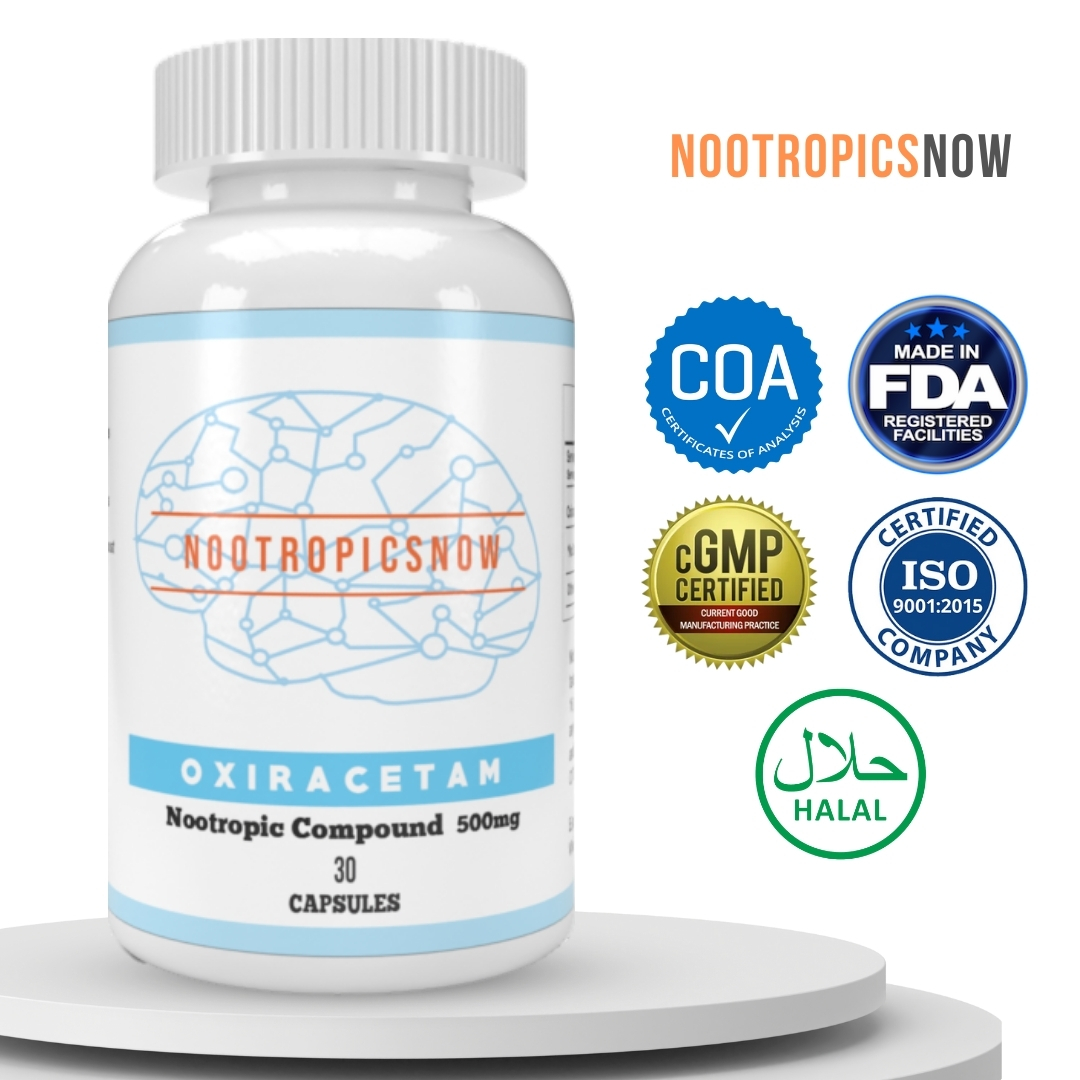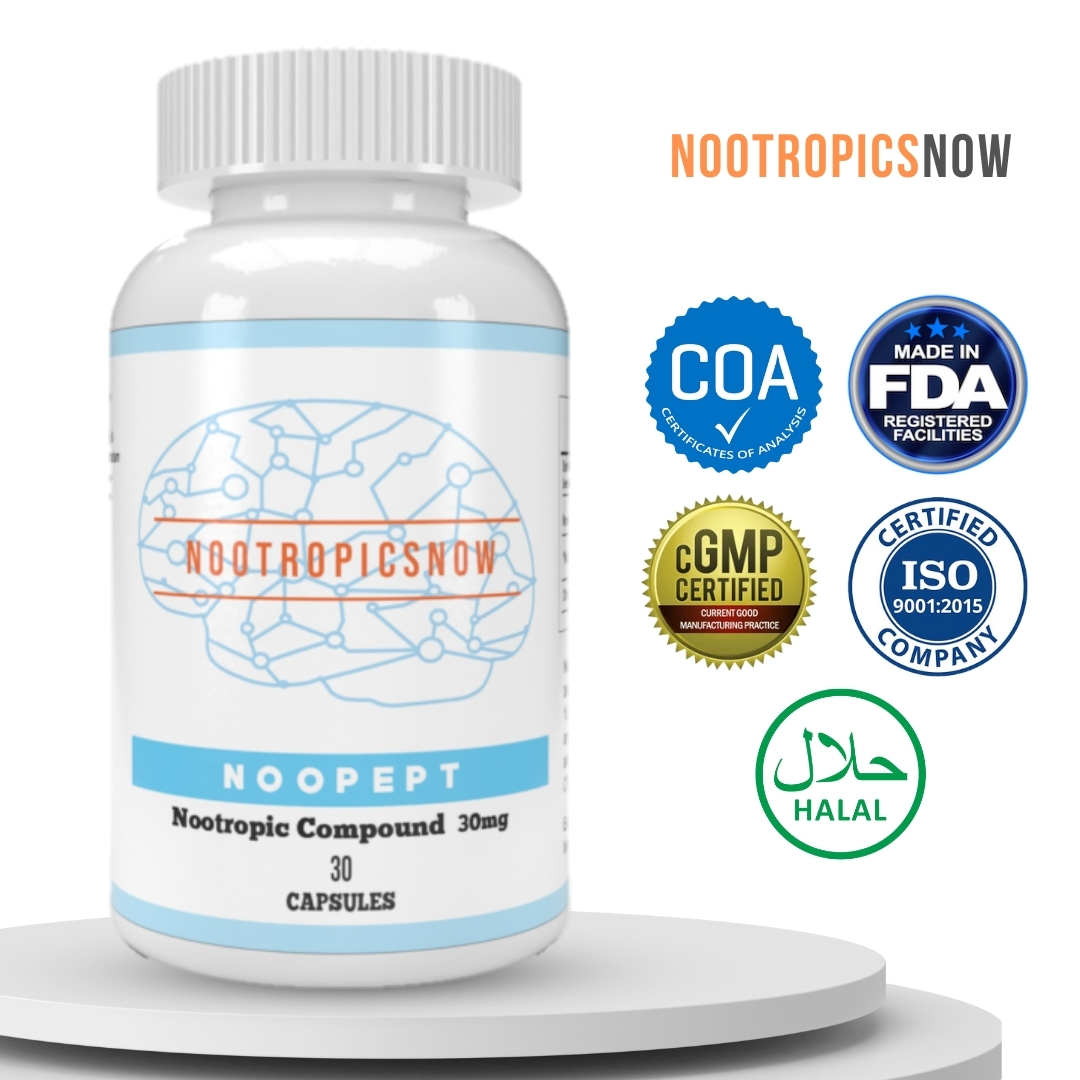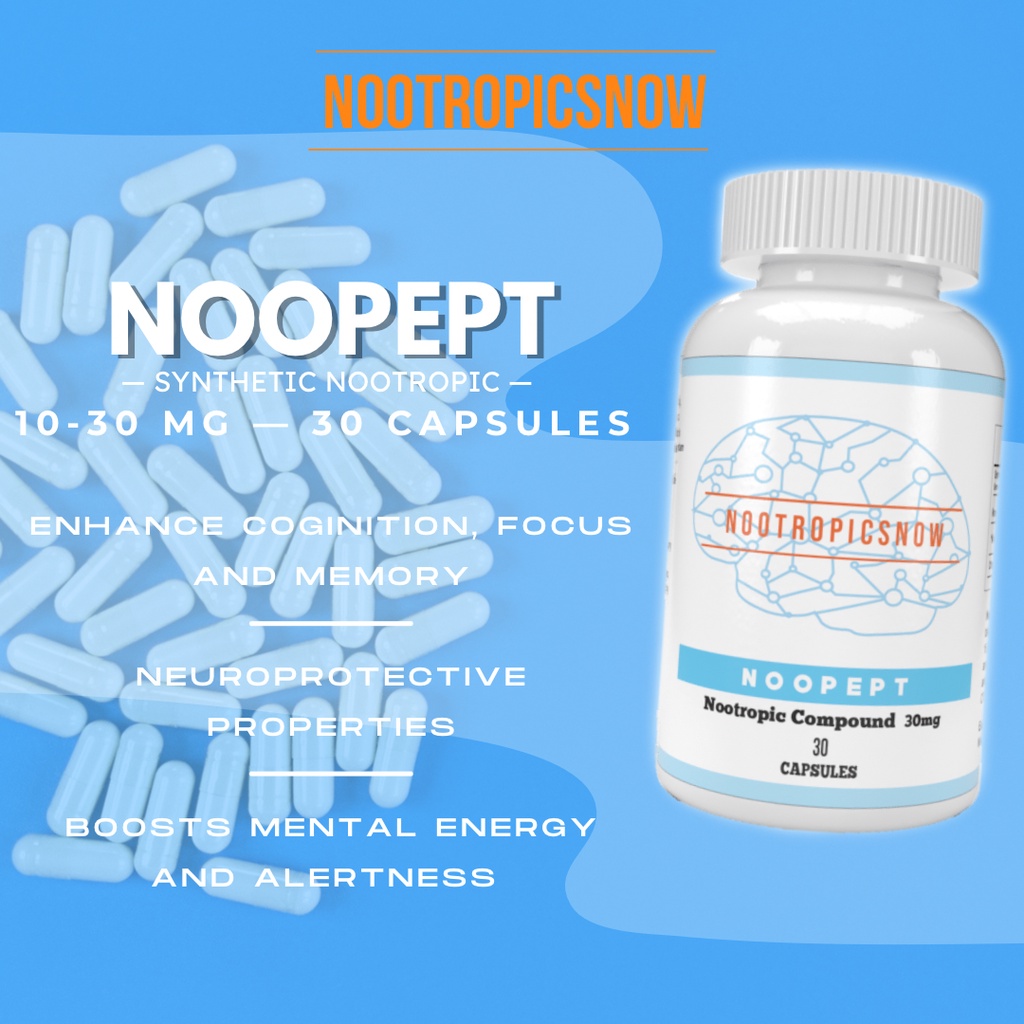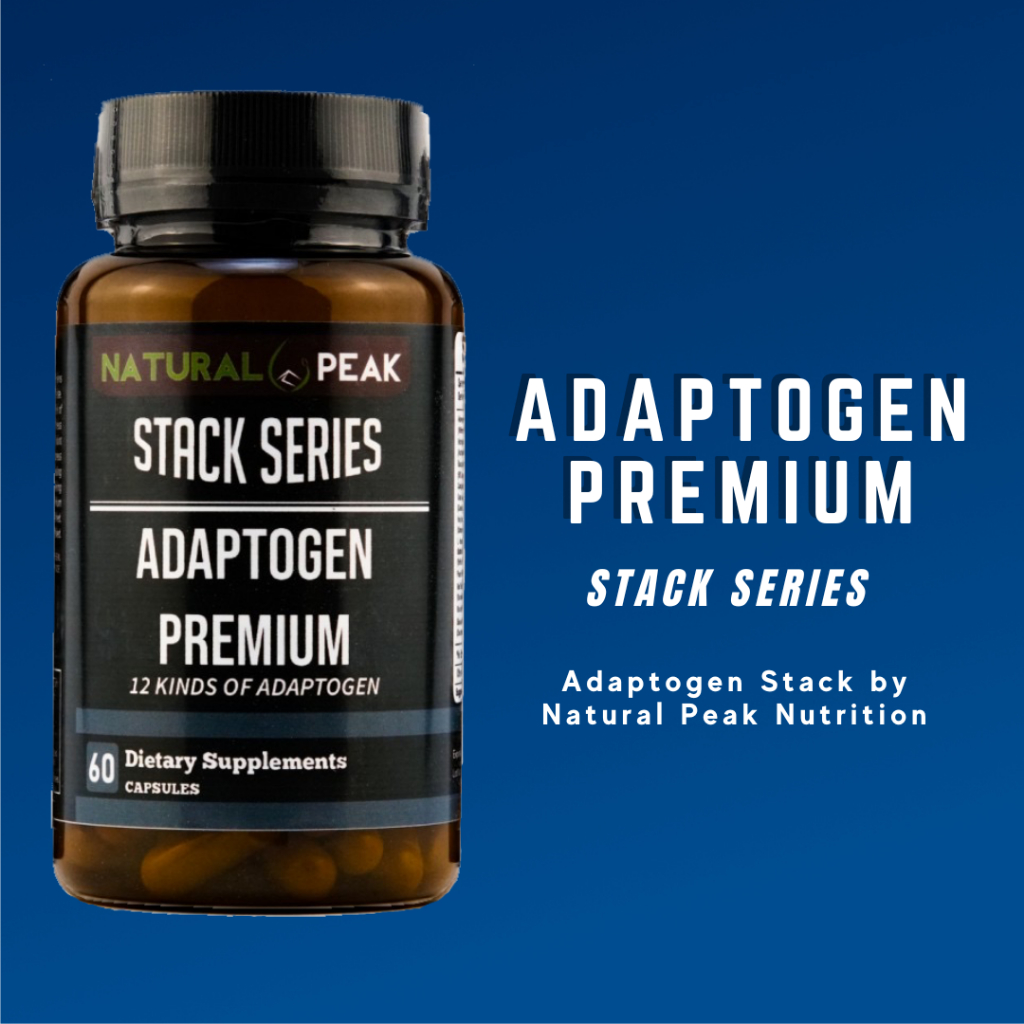Phenylpiracetam Lab Analysis: Quality Check

Phenylpiracetam Lab Analysis: A Comprehensive Overview
Phenylpiracetam, also known as Phenotropil, has become a notable figure in the nootropics community. Its purported cognitive-enhancing and physical performance-boosting capabilities have driven interest in its composition, effects, and safety. However, understanding phenylpiracetam requires a thorough analysis, including its chemical properties, mechanisms of action, and, importantly, the results of lab analyses that confirm its purity and potency.
Understanding Phenylpiracetam’s Chemical Properties

Phenylpiracetam is a synthetic derivative of piracetam, the original nootropic. Chemically, it’s characterized by the addition of a phenyl group to the piracetam molecule. This seemingly small modification significantly alters the drug’s properties, enabling it to cross the blood-brain barrier more efficiently. Consequently, this enhances its effects on cognitive functions. It also has a marked effect on physical stamina due to its potential stimulant properties.
Key Chemical Data:
IUPAC Name: 2-(4-phenylpyrrolidin-2-one-1-yl)acetamide
CAS Number: 77472-70-9
Molecular Formula: C12H14N2O2
Molar Mass: 218.25 g/mol
The presence of the phenyl group contributes to its enhanced lipophilicity, allowing for better absorption and penetration into the central nervous system. This structural feature is critical for understanding its improved bioavailability and effectiveness compared to piracetam.
Mechanisms of Action: How Phenylpiracetam Works
Phenylpiracetam’s precise mechanisms of action are still under investigation. However, research suggests several pathways through which it exerts its effects. Primarily, phenylpiracetam is believed to enhance neurotransmitter activity in the brain.
Key Mechanisms:
Dopamine Reuptake Inhibition: Phenylpiracetam is thought to inhibit the reuptake of dopamine, increasing its availability in the synaptic cleft. This can lead to enhanced mood, motivation, and focus.
Norepinephrine Enhancement: Similar to dopamine, phenylpiracetam may also increase norepinephrine levels, contributing to increased alertness and energy.
Acetylcholine Modulation: While not fully understood, there’s evidence suggesting that phenylpiracetam interacts with the cholinergic system, possibly by enhancing acetylcholine release or receptor sensitivity. This could improve memory and learning.
NMDA Receptor Modulation: Some studies indicate that phenylpiracetam may modulate NMDA receptor activity, which plays a crucial role in synaptic plasticity and learning.
These mechanisms of action are complex and intertwined, highlighting the multifaceted nature of phenylpiracetam’s effects on the brain.
The Importance of Phenylpiracetam Lab Analysis
Given the increasing popularity of phenylpiracetam, ensuring the quality and safety of products is of utmost importance. Phenylpiracetam lab analysis plays a critical role in verifying the identity, purity, and potency of the substance. It helps to protect consumers from adulterated or substandard products.
Why is lab testing vital?
Identity Confirmation: Lab analysis confirms that the product actually contains phenylpiracetam and not another substance.
Purity Assessment: Testing identifies and quantifies any impurities present in the sample, such as residual solvents, heavy metals, or other contaminants.
Potency Determination: Analysis accurately measures the concentration of phenylpiracetam in the product, ensuring that it matches the label claim.
Safety Assurance: Comprehensive testing helps to identify potential safety hazards and ensures that the product meets quality standards.
By providing accurate and reliable information about the composition of phenylpiracetam products, lab analysis empowers consumers to make informed decisions and reduces the risk of adverse effects.
Common Lab Analysis Methods for Phenylpiracetam
Several analytical techniques are commonly used to assess the quality of phenylpiracetam. Each method provides unique information about the substance.
1. High-Performance Liquid Chromatography (HPLC)
HPLC is a widely used technique for separating, identifying, and quantifying different components in a sample. In phenylpiracetam analysis, HPLC can be used to:
Determine the concentration of phenylpiracetam in the product.
Identify and quantify impurities.
Assess the stability of the product over time.
HPLC involves passing a liquid sample through a column containing a stationary phase. The different components of the sample interact differently with the stationary phase, causing them to separate. A detector then measures the concentration of each component as it elutes from the column.
2. Mass Spectrometry (MS)
Mass spectrometry is a powerful analytical technique that measures the mass-to-charge ratio of ions. It provides detailed information about the molecular weight and structure of a compound. MS is often coupled with HPLC (HPLC-MS) to provide a more comprehensive analysis. In phenylpiracetam analysis, MS can be used to:
Confirm the identity of phenylpiracetam.
Identify unknown impurities.
Determine the molecular weight of the compound.
3. Nuclear Magnetic Resonance (NMR) Spectroscopy
NMR spectroscopy is a technique that uses the magnetic properties of atomic nuclei to determine the structure and composition of a molecule. NMR is particularly useful for:
Confirming the identity and purity of phenylpiracetam.
Identifying structural isomers or polymorphs.
Quantifying the different components in a mixture.
4. Gas Chromatography-Mass Spectrometry (GC-MS)
GC-MS is another analytical technique used for identifying and quantifying volatile organic compounds in a sample. It’s less commonly used for phenylpiracetam due to its lower volatility compared to some other substances. However, GC-MS can be used to detect:
Residual solvents used in the synthesis of phenylpiracetam.
Volatile impurities.
5. Titration
Titration is a quantitative chemical analysis method used to determine the concentration of a substance by reacting it with a known amount of another substance. In the context of phenylpiracetam, titration could theoretically be used to assess purity. However, it is generally less precise and informative than HPLC or NMR.
6. Thin Layer Chromatography (TLC)
TLC is a simple and inexpensive method for separating and identifying compounds. While not as precise as HPLC or NMR, it can be used as a quick screening tool to check for the presence of phenylpiracetam and some impurities.
Interpreting Phenylpiracetam Lab Results
Understanding the results of a phenylpiracetam lab analysis is essential for evaluating the quality of the product. Here are some key parameters to consider:
1. Purity:
The purity is typically expressed as a percentage and indicates the amount of phenylpiracetam in the product.
High-quality phenylpiracetam should have a purity of at least 98%.
Lower purity may indicate the presence of impurities or adulterants.
2. Identity:
The lab report should confirm the identity of the compound using techniques like MS or NMR.
The report should include spectral data that matches the reference standard for phenylpiracetam.
3. Impurities:
The lab report should list any impurities that were detected and their concentrations.
The acceptable levels of impurities depend on regulatory guidelines and safety considerations.
The report should specify the methods used to identify and quantify the impurities.
4. Heavy Metals:
Heavy metals such as lead, mercury, and cadmium should be tested and reported.
The levels of heavy metals should be below the permissible limits set by regulatory agencies.
5. Residual Solvents:
Residual solvents used in the synthesis of phenylpiracetam should be tested and reported.
The levels of residual solvents should be below the permissible limits set by regulatory agencies.
6. Potency:
The potency is the amount of active pharmaceutical ingredient present in the product.
The potency results are usually expressed as mg per capsule, tablet, or gram.
High-quality products should have potency levels that fall within 10% of the label claim.
Example Lab Report Interpretation:
Let’s say a lab report for a phenylpiracetam capsule indicates the following results:
Purity: 99.5%
Identity: Confirmed by HPLC-MS (mass spectrum matches reference standard)
Impurities: No detectable impurities above the limit of quantification (LOQ)
Heavy Metals: Below detectable limits
Residual Solvents: Below permissible limits
Potency: 100 mg per capsule (label claim: 100 mg)
In this case, the lab results suggest that the phenylpiracetam capsule is of high quality and meets the expected standards. The purity is high, the identity is confirmed, no significant impurities were detected, and the potency matches the label claim.
Finding Reliable Phenylpiracetam Lab Results
Obtaining reliable lab results is crucial for making informed decisions about phenylpiracetam products. Here are some tips for finding trustworthy information:
Look for Third-Party Testing:
Choose products that have been tested by independent, third-party laboratories.
Third-party testing ensures impartiality and reduces the risk of biased results.
Request a Certificate of Analysis (COA):
Reputable vendors should provide a COA for each batch of phenylpiracetam they sell.
The COA should include the lab’s name, the date of analysis, the methods used, and the results obtained.
Verify the Lab’s Credentials:
Check that the lab is accredited by a recognized organization.
Accreditation ensures that the lab meets quality standards and follows proper procedures.
Compare Results from Different Labs:
If possible, compare lab results from different sources to ensure consistency.
Significant discrepancies in results may indicate a problem with the product or the testing methods.
Reputable Vendors: Purchase phenylpiracetam from vendors who are transparent about their sourcing and quality control procedures. They should be willing to provide lab reports upon request.
When choosing a vendor, consider those that offer other nootropics that have undergone similar stringent testing, such as:

View Product
or

View Product
Potential Issues and Considerations
While lab analysis provides valuable information about the quality of phenylpiracetam products, it’s important to be aware of potential issues and limitations:
Variability in Testing Methods: Different labs may use different testing methods, which can lead to variations in results. It’s important to understand the specific methods used and their limitations.
Sampling Issues: The accuracy of the lab results depends on the quality of the sample submitted for testing. If the sample is not representative of the entire batch, the results may not be accurate.
Counterfeit Products: Even with lab analysis, there’s always a risk of encountering counterfeit products. It’s important to purchase phenylpiracetam from reputable vendors and to be cautious of unusually low prices.
Lack of Regulation: The nootropics industry is not as heavily regulated as the pharmaceutical industry, which means that there may be less oversight of product quality. Consumers need to take responsibility for researching products and choosing reputable vendors.
False or Misleading COAs: Sometimes, vendors may provide COAs that are falsified or misleading. Verify the authenticity of the COA by contacting the lab directly.
The Future of Phenylpiracetam Lab Analysis
As the popularity of phenylpiracetam continues to grow, the importance of lab analysis will only increase. There’s a need for more standardized testing methods and greater transparency in the industry. In the future, we may see:
More Widespread Use of Lab Testing: Lab testing may become a standard requirement for all phenylpiracetam products.
Improved Testing Methods: Advances in analytical techniques may lead to more accurate and comprehensive testing methods.
Greater Transparency and Disclosure: Vendors may be required to disclose lab results on their websites or product labels.
Increased Regulatory Oversight: Government agencies may increase their oversight of the nootropics industry to ensure product quality and safety.
By embracing lab analysis and promoting transparency, the phenylpiracetam community can work together to ensure that consumers have access to safe and effective products.
Purity and Identification Testing
Lab analysis for phenylpiracetam commonly focuses on determining its purity and confirming its identity. Several analytical techniques can be used for this purpose.
High-Performance Liquid Chromatography (HPLC)
HPLC is a widely used technique to quantify the amount of phenylpiracetam present in a sample. Moreover, it helps determine the presence of any impurities. The sample is dissolved in a suitable solvent and passed through a chromatographic column. The separation occurs based on the interaction of the compounds with the stationary phase. A detector then measures the concentration of each compound as it elutes from the column.
Procedure: A known amount of phenylpiracetam sample is dissolved in a mobile phase solvent (typically a mixture of water and organic solvent, such as acetonitrile or methanol). The solution is injected into the HPLC system, and separation is achieved using a reversed-phase column (e.g., C18 column). A UV detector is typically used to quantify the eluting compounds at a specific wavelength (usually around 254 nm). The peak area of phenylpiracetam is compared against a reference standard to determine the purity.
Acceptance Criteria: A high-quality phenylpiracetam sample should exhibit a purity of 98% or greater, with minimal detectable impurities.
Gas Chromatography-Mass Spectrometry (GC-MS)
GC-MS combines gas chromatography for separation and mass spectrometry for identification. First, the phenylpiracetam sample is vaporized and separated based on boiling point using a GC column. The separated components then enter the mass spectrometer, where they are ionized and fragmented. These fragments are then detected based on their mass-to-charge ratio, creating a unique “fingerprint” for the compound.
Procedure: The sample needs to be volatilized. Then, separation occurs in the GC column, followed by ionization and fragmentation in the mass spectrometer. The resulting mass spectrum is compared with a reference spectrum for phenylpiracetam to confirm its identity.
Acceptance Criteria: The mass spectrum should match the known reference spectrum of phenylpiracetam. The GC retention time should also align with the reference standard.
Nuclear Magnetic Resonance (NMR) Spectroscopy
NMR spectroscopy is a powerful technique to determine the structure and purity of phenylpiracetam. NMR can provide information about the number and arrangement of atoms in the molecule, allowing for precise identification.
Procedure: The phenylpiracetam sample is dissolved in a deuterated solvent (e.g., deuterated chloroform, CDCl3). The solution is placed in an NMR spectrometer, and radiofrequency pulses are applied to excite the atomic nuclei. The resulting signals are detected, and a spectrum is generated. The spectrum is analyzed to identify the chemical shifts, splitting patterns, and integration values, which correspond to the different atoms and functional groups in the molecule.
Acceptance Criteria: The NMR spectrum should exhibit the characteristic peaks for phenylpiracetam. Also, any significant peaks for impurities should be absent. Quantitative NMR (qNMR) can also be used to determine the purity of the sample by comparing the integration values of the phenylpiracetam peaks with those of a known internal standard.
Thin Layer Chromatography (TLC)
TLC is a simpler, less expensive technique that can be used for qualitative analysis and to identify the presence of impurities.
Procedure: A small amount of the phenylpiracetam sample is spotted onto a TLC plate. The plate is placed in a developing chamber containing a suitable solvent system (e.g., a mixture of ethyl acetate and hexane). The solvent travels up the plate by capillary action, separating the components of the sample based on their polarity. The spots are visualized using UV light or chemical staining.
Acceptance Criteria: A pure phenylpiracetam sample should exhibit a single spot at a characteristic Rf value. Multiple spots indicate the presence of impurities.

View Product-Nootropic-Brain-Focus-Memory-Booster-Supplement-Neuropro-i.202321183.4051573042)
Enantiomeric Analysis
Since phenylpiracetam is a chiral molecule, it exists as two enantiomers: R-phenylpiracetam and S-phenylpiracetam. Furthermore, the R-enantiomer is considered to be more active. Analyzing the enantiomeric ratio is crucial for assessing the quality and potency of the sample.
Chiral HPLC
Chiral HPLC employs a chiral stationary phase capable of separating enantiomers.
Procedure: The sample is dissolved in a mobile phase. Separation is achieved using a chiral column. A UV detector is typically used to quantify the eluting enantiomers.
Acceptance Criteria: The enantiomeric ratio (R/S) should be within the expected range for a high-quality phenylpiracetam sample. Usually, a racemic mixture should exhibit a ratio of approximately 1:1.
Gas Chromatography with Chiral Column
Similar to chiral HPLC, this method uses a chiral GC column to separate the enantiomers.
Procedure: After volatilization, the sample is passed through the chiral GC column, followed by detection using a mass spectrometer.
Acceptance Criteria: Similar to Chiral HPLC, the measured ratio should adhere to what is expected for phenylpiracetam.
Heavy Metal Analysis
Heavy metal contamination is a concern for any pharmaceutical or nutraceutical product. So, it’s necessary to ensure that the phenylpiracetam sample does not contain unacceptable levels of heavy metals.
Inductively Coupled Plasma Mass Spectrometry (ICP-MS)
ICP-MS is a sensitive technique used to quantify trace elements, including heavy metals, in a sample.
Procedure: The sample is digested using strong acids. This process dissolves the sample and converts all elements into their ionic forms. The solution is then introduced into an ICP-MS instrument, where it is ionized in an argon plasma. The ions are separated based on their mass-to-charge ratio, and their concentrations are measured.
Acceptance Criteria: The concentrations of heavy metals (e.g., lead, mercury, cadmium, arsenic) should be below the limits established by regulatory agencies (e.g., USP, FDA). For instance, the USP limit for lead in dietary supplements is typically 10 ppm.
Atomic Absorption Spectroscopy (AAS)
AAS is another technique used to determine the concentration of specific elements in a sample.
Procedure: The sample is atomized in a flame or furnace. A beam of light at a specific wavelength is passed through the atomized sample. The amount of light absorbed by the sample is proportional to the concentration of the element.
Acceptance Criteria: Similar to ICP-MS, the concentration should comply with regulatory standards.
Residual Solvent Analysis
Residual solvents are volatile organic compounds that may remain in the phenylpiracetam sample after the manufacturing process.

View Product
Gas Chromatography with Flame Ionization Detector (GC-FID)
GC-FID is a common technique used to quantify residual solvents in pharmaceutical products.
Procedure: The sample is dissolved in a suitable solvent. Then, the resulting solution is injected into a GC-FID instrument. The solvents are separated on a chromatographic column and detected using a flame ionization detector. The detector measures the concentration of each solvent as it elutes from the column.
Acceptance Criteria: The concentration of each residual solvent should be below the limits established by regulatory agencies (e.g., USP, ICH). These limits vary depending on the toxicity of the solvent.
Microbial Testing
Microbial contamination is a concern for any product intended for human consumption. This test is used to ensure the sample does not contain harmful levels of bacteria, yeast, or mold.
Plate Count Method
This method involves diluting the sample and plating it onto agar plates. The plates are incubated, and the number of colonies that grow is counted.
Procedure: The sample is diluted and plated onto agar plates.
Acceptance Criteria: The total aerobic microbial count (TAMC), total yeast and mold count (TYMC), and absence of specific pathogens (e.g., E. coli, Salmonella) should be within the limits established by regulatory guidelines.

View Product
Key Considerations for Lab Analysis
Reference Standards: Using certified reference standards is crucial for accurate quantification and identification.
Method Validation: Ensure that all analytical methods are validated according to established guidelines (e.g., ICH, USP). This involves demonstrating that the method is accurate, precise, specific, linear, and robust.
Accreditation: Employing labs that are accredited (e.g., ISO 17025) ensures that the analyses are performed to high standards.
Sample Preparation: Proper sample preparation is crucial for accurate results. This involves using appropriate solvents, extraction techniques, and filtration steps.
Interpretation of Results
The lab analysis results should be compared against established specifications to determine whether the phenylpiracetam sample meets the required quality standards. Any deviations from the specifications should be investigated.
Conclusion
In conclusion, phenylpiracetam lab analysis employs a range of analytical techniques to ensure the identity, purity, and safety of the product. These techniques include HPLC, GC-MS, NMR, chiral HPLC, ICP-MS, GC-FID, and microbial testing. By adhering to strict quality control measures and employing validated analytical methods, manufacturers and consumers can ensure the integrity and quality of phenylpiracetam.

View Product-mood-anxiety-stress-mental-health-i.202321183.17830742615)








